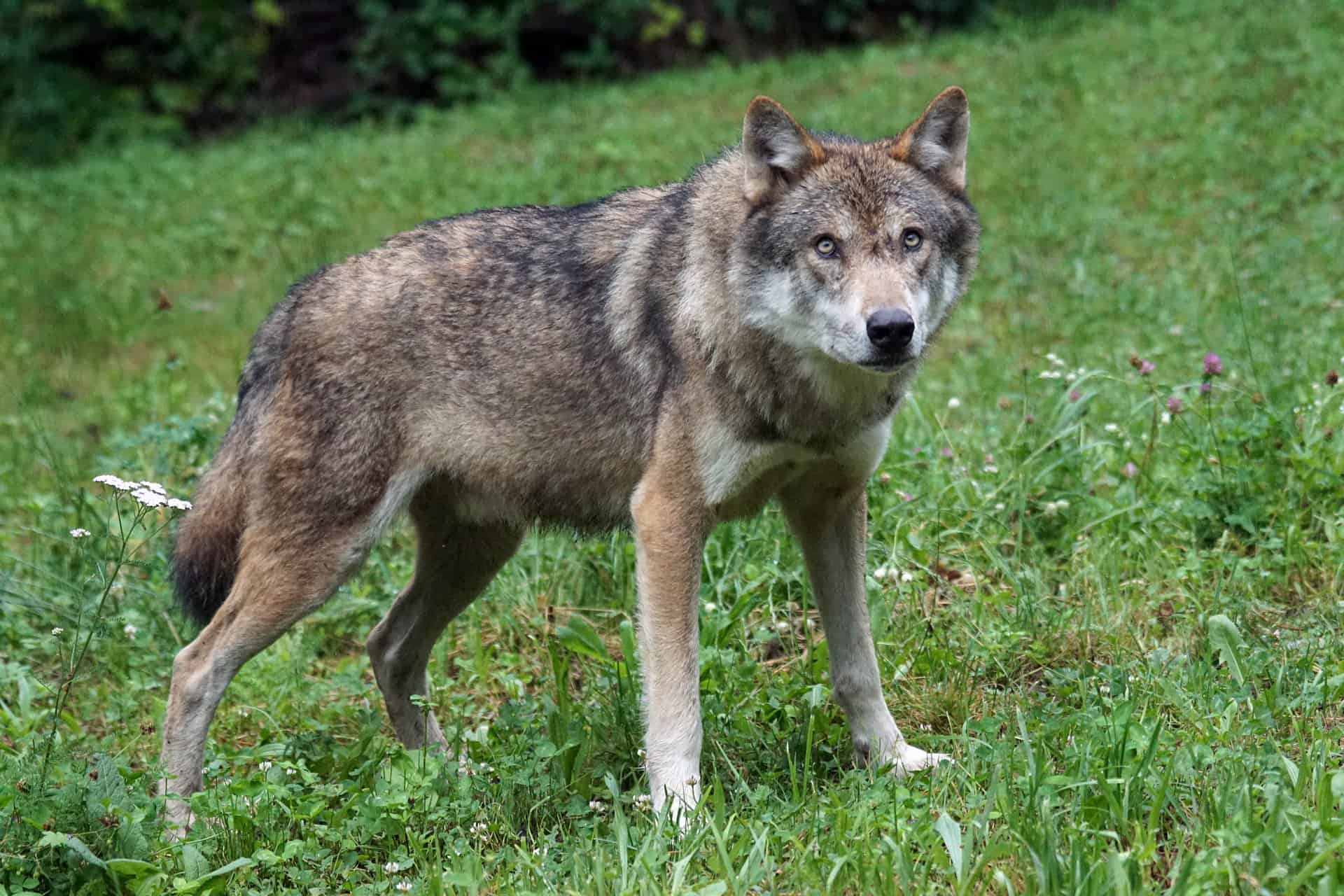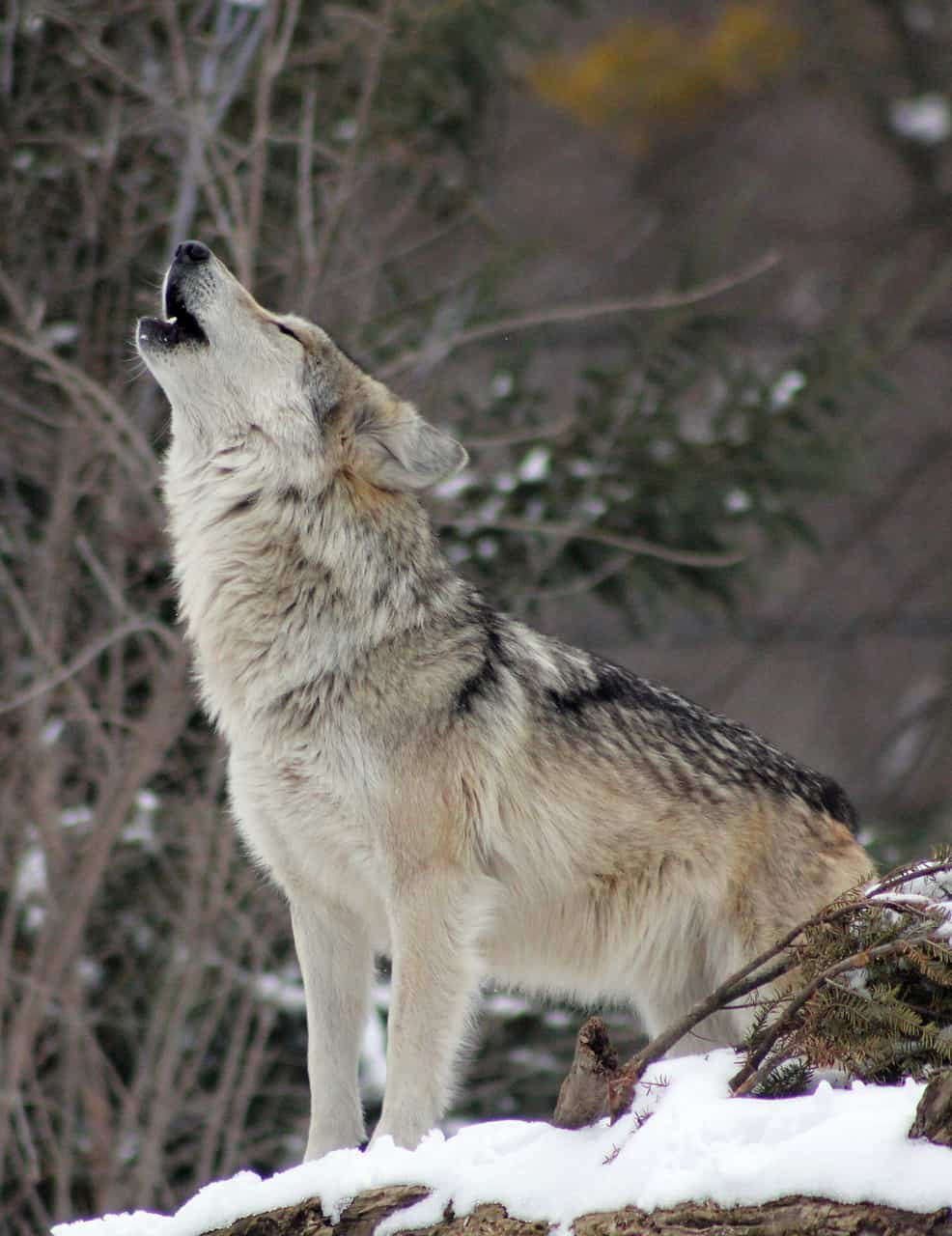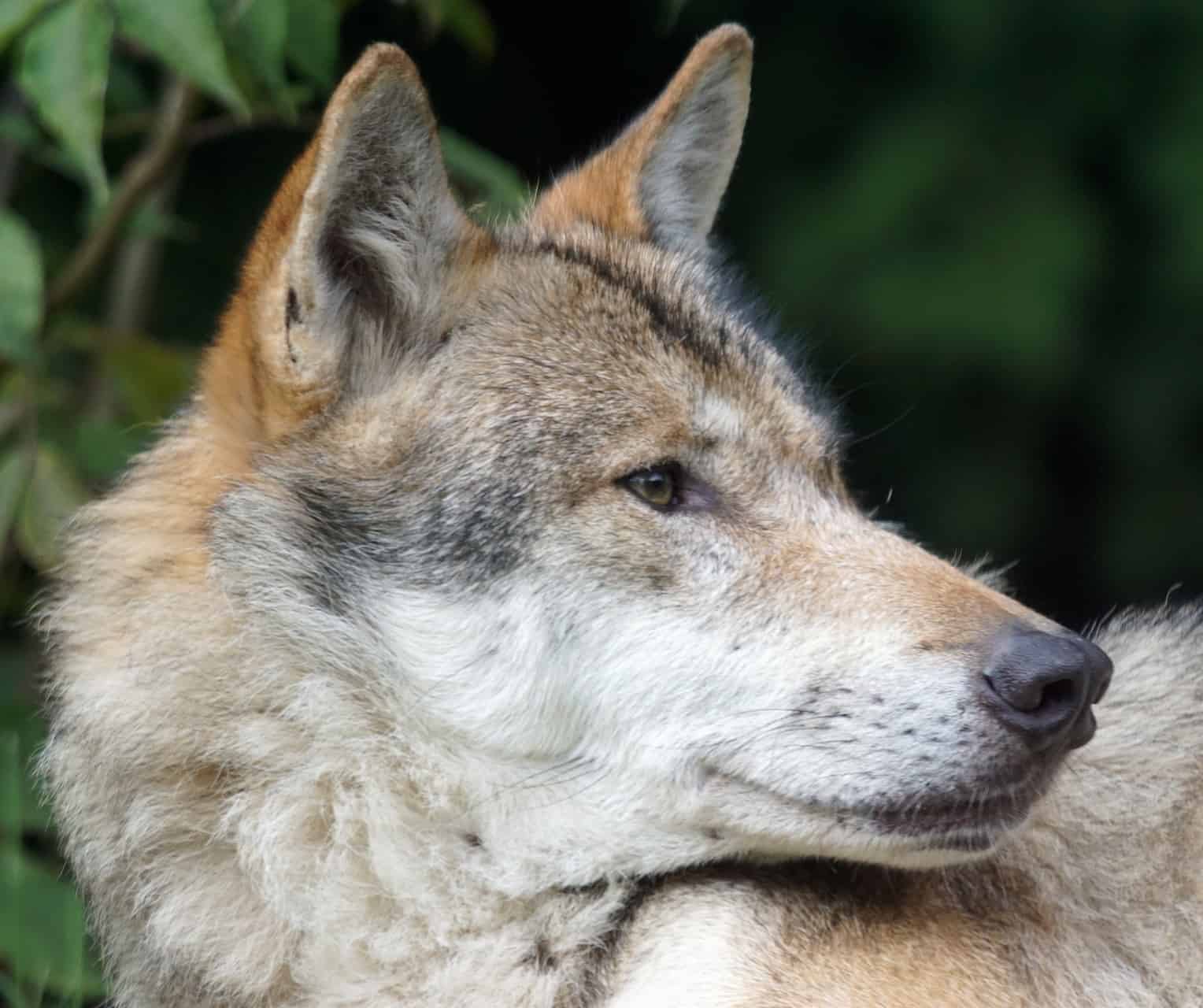Next on the list of animals to look at in myths and folklore is the wolf, thanks to Ina and Laurie. Two of my many helpful friends online 🙂
Wolves have been feared, hated and hunted to near extinction. This still goes on, even in the “modern” parts of the world. It is my opinion that the Wolf belongs in Nature. Humans should secure their livestock and not get rid of predators. It will rock the balance of other species.
Now that that’s said, let’s move on to the esoteric side of this beautiful animal.
The Wolf
The wolf is the largest member of the Canis family. Once present throughout the northern hemisphere, it is, sadly, now only found in large numbers in specific parts of North America, Northern Europe and Russia out to Siberia. There are also other wolf relatives in, for example, Africa and India.
They primarily hunt large animals like Moose but they also eat smaller prey like roe deer, hares, badgers, rodents and other things.

Wolves are very social within their pack which can contain from three to over ten individuals that are related to each other. They develop really close relationships and often demonstrate deep affection for their family. They may even sacrifice themselves to protect the pack. The packs have large territories and and wolves can cover great distances.
They communicate using many different sounds (including that famous howl) and body language is very important.
Wolves in Mythology
Some of the most well-known wolves of mythology are Fenrir, Geri and Freki (Norse mythology) and Amaroq (Inuit mythology). There are also many others, for example, Wepwawet from Egypt, Asena from Turkey and Lupa from Roman mythology who nursed and sheltered Romulus and Remus.
There are lots of myths about wolves from all over the world. Everything from man-eaters to helpful wolves and spiritual messengers. The ones above are just a few examples.

We still have a lot of myths about them today, like that they kill people (cows kill a lot more people than wolves), that they’re aggressive and kill for sport (only aggressive when needed and humans kill for sport, wolves kill for food).
The Wolf in Folklore
When you think of wolves in folklore, the first that comes to mind is probably the werewolf. It’s unclear exactly when and where the werewolf legend started. Some believe the debut was in The Epic of Gilgamesh where Gilgamesh rejected a potential lover because she had turned her previous mate into a wolf.
Various versions of a werewolf exist in many different countries. According to some legends, they’re people who morph into vicious, powerful wolves. Others are a mutant combination of human and wolf. But all are bloodthirsty beasts who cannot control their lust for killing people and animals.

It really took off in the Middle Ages and that’s when the association with the full moon started to appear. There was a belief in some European countries, like France, Italy and Germany, that said that if you slept outside on certain Wednesday or Friday nights during summer under the light of the full moon, you would turn into a wolf.
It was believed that werewolves in their human form had features and traits that could give them away. Some examples are a unibrow, ears set lower on the head, curved fingernails and a long relaxed or galloping way of walking. This, as well as other things, did cause lots of people to be subjected to torturous and even deadly ‘cures’ like the plant wolf’s bane, surgery, exorcism, exhaustion and many were also burnt. Oh, and there was no mention of a silver bullet in the original sources. Only in books and movies as far as I can tell.
Other Folklore
As other large predators, the wolf had other names that were “better to use”, at least here in Scandinavia. These were names they used so the wolf wouldn’t think they were calling for it or challenging it. Some of them are grey leg, grey foot, old grey and gold foot.
In Balkan folk magic, the destructive aspect of the wolf’s mouth is used against demonic forces and diseases.
I Norway, a long time ago, seeing a wolf or dreaming of it was considered lucky. Another belief was that if the wolf saw the shepherd before the shepherd saw the wolf, the shepherd would become stupified so he wouldn’t be able to speak. But if the shepherd spotted the wolf first, it could do no harm.
In some parts of the world, there are myths about human children who have been raised by wolves, especially in India.

The Spirit Animal
The wolf is one of the more complex but also one of the more popular among those who just pick a spirit animal.
It may be seen as a strong, autonomous loner but they’re actually very dependent on their pack and they have a strong social structure. Wolves go out of their way to avoid fights but will stand their ground if that’s what’s needed.

Those with the wolf as their spirit animal are intelligent, often have a yearning for freedom, a love of nature, strong insticts, and a desire to wander (in the travelling sense of the word). They easily create emotional bonds, prefer diplomacy over violence but can often be very competitive.
It reminds you to stand in your power, to use your intelligence, intuition and instincts. To find your circle of humans that will support you or strengthen the emotional bonds you already have with people like that.







Solid information as usual <3 Also, great pictures!
Thank you Sibylle 🙂 It’s fun to research these things too
Wonderfully diverse information! I love it! ♥️
Thank you Laurie <3 and thanks again for sharing it
Fabulous series, thank you so much for putting it together!
I’d love to read an article on the unicorn if you are willing to stray into the realm of fantasy.
Bright Blessings!
Grey Dove
My pleasure and I’m glad you like it. I will add the unicorn to the list for a series on mythical creatures. Thank you 🙂